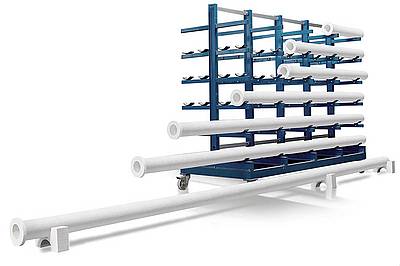
Improving on tried-and-tested practices and combining them with other process engineering technologies with the aim of expanding the application and performance boundaries was our vision when developing the hot gas filter. Because traditional bag filter systems are limited to an operating temperature of around 250°C due to the filter textile materials, hot gas cyclones are only suitable for pre-filtering particulates due to their limited separation efficiency and electrostatic precipitators are very large and expensive due to the way they work, Steuler worked with well-known candle filter manufacturers to develop its own hot gas filter system. It resembles the traditional bag filter, but uses ceramic candle filters instead of filter bags and support baskets. By making corresponding tweaks to the details, the operating temperature can be increased to 500°C and above without difficulty.
Not only that, the Steuler hot gas filter system is absolutely comparable to conventional systems in terms of performance, energy consumption, compactness and service life.
And if that weren't enough, using catalytically active candle filters makes it not only possible to remove particulates, but decompose harmful compounds like nitrogen oxides, carbon monoxide and hydrocarbons without leaving a residue. Moreover, the addition of absorption media, such as sodium bicarbonate or mineral absorbents allows other acids and even dioxins to be removed.
Optional: